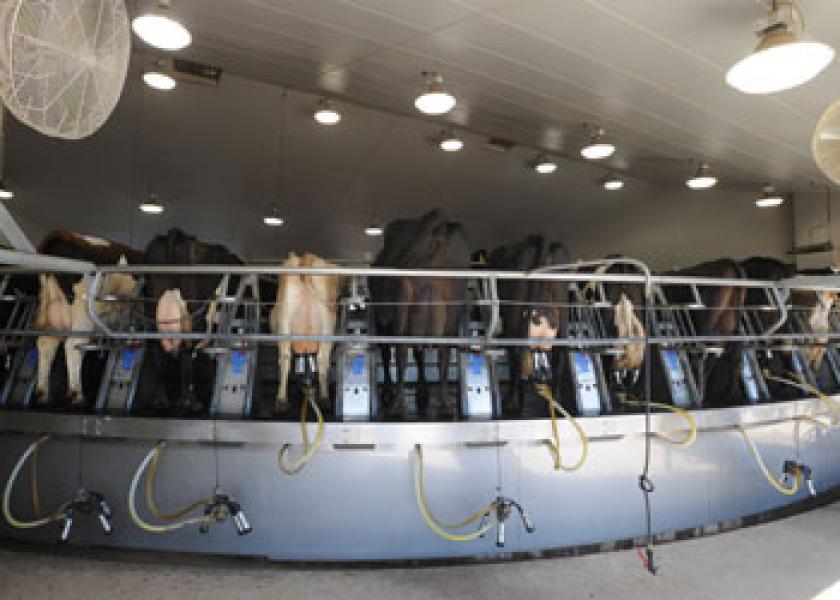Increased Dairy Supply, Steady Demand Lead to Drop in Prices

Milk prices at the farm level are expected to be about $6 a hundredweight lower than the record prices in 2014.
“That is not going to be fun for producers,” says Joe Horner, University of Missouri Extension agricultural economist. “But it is not as bad as it has been some years in the past.”
Horner told the MU Ag Marketing Outlook Conference on Jan. 21 that it goes back to the three-year cycle.
“Dairy tends to go from high prices to high prices in about three years; we go from low prices to low prices in about three years,” he says. “2015 is the third year down. We had fantastic profitability in 2014 with falling feed prices, great milk prices at the farm level and dairymen made a lot of money.”
When producers see that kind of profitability, they tend to expand both number of cows and milk production per cow.
Horner says cow numbers are 0.9 percent higher than a year ago and milk per cow is 2.4 percent higher. You have more cows producing more milk per cow and suddenly U.S. milk production is growing 3.4 percent.
That is about twice what the U.S. market can consume, so prices will fall over time and the herd will contract.
But Horner says this year there are also some demand issues.
“The U.S. economy is growing relatively slowly,” he says. “We’ve depended on fast-growing exports to keep milk prices high the last few years. We’re starting to see low growth in a lot of the emerging markets; China has backed off as a major importer.”
Also, New Zealand and Europe have extra milk to sell because of the sanctions against Russia.
Because of the larger supply, prices in the grocery store are coming down.
“Consumers are already seeing the drop in cheese and butter prices, and fluid milk will be coming down,” Horner says. “We hit all-time highs for butter last summer, and those have dropped between a half and a third already, so we are seeing some lower prices and should see some pickup in demand with those drops in price.”
While farm gate milk prices will be lower in 2015, Horner says slaughter cow numbers will be a bright spot for dairy producers.
Hamburger prices have been fantastic this year, he says, and cull cows are bringing record prices. Horner says that will pull the national herd down and correct the supply situation.
Source: University of Missouri Extension







